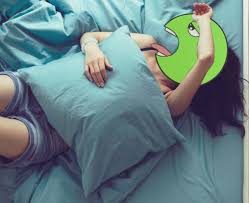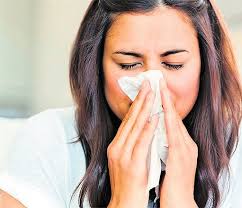Content of the Article
2009 swine flu Between 43 and 89 million cases of infection were reported during the outbreak, with approximately 178 deaths in 1799 countries during a year.
Year 2009 swine flu pandemicIt was a year when the world was in panic. After the pandemic, people in pork-eating countries stopped eating pork, and many have switched to a vegan diet, according to reports.
"The one that terrified the world's population for a period of time"What is swine flu, does it kill? Let's answer the frequently asked questions about the subject.
What is H1N1?
swine flu It is a type of viral infection that originally appeared in pigs. It takes its name from here. Pigs can transmit the flu virus to humans, especially those who have been in contact with veterinarians and pig farmers.
Although this virus originates from pigs, it also spreads from person to person. swine flunamed after the virus H1N1 flu Also called. It causes upper and lower respiratory tract infections.
H1N1 virus strain It was recognized by scientists in 2009. This virus was found to be a combination of viruses from pigs, birds and humans.
It causes flu-like symptoms and, like other types of flu, H1N1 It is also highly contagious and spreads rapidly from person to person. A simple sneeze releases thousands of germs into the air. The virus resides on tables and surfaces such as doorknobs.
swine flu The best way to deal with it is to prevent it. Hand hygiene is important to stop the spread of the virus. Staying away from infected people will help stop person-to-person transmission.
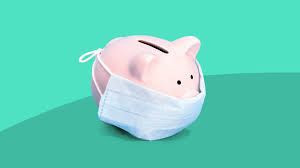
What are the symptoms of swine flu?
swine flu symptoms include:
Swine flu symptoms The two are confused as it is very similar to the flu. The causes of both infections also show some differences as they are caused by different strains of the influenza virus.
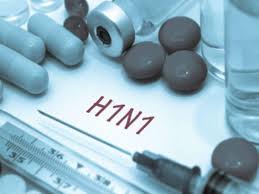
What causes swine flu?
H1N1 flu is caused by an influenza A virus. Influenza viruses constantly change their genes through a process called mutation. swine flu virus also mutates.
H1N1 flu virus it is contagious. It is transmitted from person to person and spreads easily between people. It is thought to spread in the same way as seasonal flu.
H1N1 flu virus an infected person can transmit the virus to others 1 day before symptoms appear and up to 7 days after they become ill. The virus spreads from person to person by entering the body through the eyes, nose or mouth.
It can stay on hard surfaces such as doorknobs, ATM buttons and counters. A person who touches these surfaces with their hands and then touches their eyes, mouth, or nose can catch the virus.
What are the risk factors for swine flu?
swine flu When it first appeared, it was most common in children aged five years and older and young adults. Today swine flu risk factorsis the same as for other types of flu.
swine flu Factors that increase the risk of developing include:
- Adults over 55 and children under 5 swine flu higher risk of development.
- People with a weak immune system, such as HIV/AIDS, are more easily caught.
- In pregnant women swine flu have a higher risk.
- Heart diseasePeople with a disease such as asthma or diabetes are at higher risk.
How is swine flu diagnosed?
The doctor will do a physical exam and ask about the symptoms. swine flu If he is suspected, he will order a test to detect the flu virus.
One of the most widely used diagnostic tests to detect the influenza virus is the rapid flu diagnostic test. For this, a swab sample is taken from the nose or the back of the throat. This sample is then tested for antigens that indicate the presence of the virus strain.
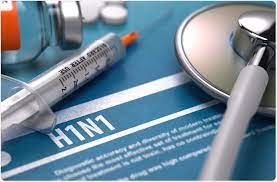
How is swine flu treated?
Treatment is usually swine flu symptomsaims to alleviate swine flu Medical treatments for cancer include antiviral drugs. To prevent infection swine flu vaccine is also available.
Swine flu natural treatment at home
- Have a rest: Rest strengthens the immune system, which will fight infection.
- Drinking water: It is necessary to drink plenty of fluids, soup and water so that the body does not become dehydrated.
- Pain relievers: Use pain relievers with caution.
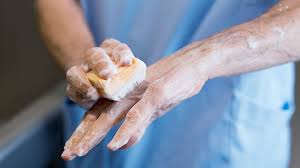
How to prevent swine flu?
- Stay at home until fully recovered.
- Wash your hands regularly.
- Use a mask if you cough or sneeze to prevent the spread of infection.
- People who are sick should not touch their nose, mouth or eyes.
- In order not to spread the disease, it should not be entered into a crowded environment.
What to eat during swine flu
swine fluThe person feels sluggish and exhausted. Eating certain foods will help relieve flu symptoms:
- Meat Water: Hot broth prevents dehydration.
- Garlic: Garlic Food strengthens immunity. Thus, it helps the body fight the flu better.
- Yoghurt: It effectively relieves flu symptoms as it strengthens immunity.
- to improve immunity Other foods that may help include citrus fruits, leafy greens, broccoli, and oatmeal.
swine flu Certain foods should also be avoided during
- Alcohol
- Caffeine
- Hard and grainy foods that may be difficult to pass through the throat
- Processed foods because they are nutrient-poor
Swine flu symptomsIt takes up to a week to fully recover from the flu, although most symptoms usually subside within a few days. If symptoms are severe, prompt medical treatment is required to prevent complications from infection.
What are the complications of swine flu?
swine flu can cause conditions such as:
- heart disease and asthma worsening of chronic conditions such as
- Pneumonia
- Neurological symptoms such as seizures
- Shortness of breath

How long does swine flu last?
Swine flu symptomsThe worst of it lasts about five days. It may take one to two weeks to completely recover from the flu.
What is the difference between swine flu and bird flu?
Home swine flu Both avian flu are caused by different strains of the flu virus. Swine flu H1N1 bird flu is triggered by the H5N1 strain. The symptoms of both of these infections are almost the same as the flu.
Can H1N1 be treated without medication?
Mild to moderate severity with minimal risk of complications swine flu, It is easily treated with bed rest and fluid intake.
Do you get swine flu twice?
swine flu, can happen more than once, such as seasonal flu.


